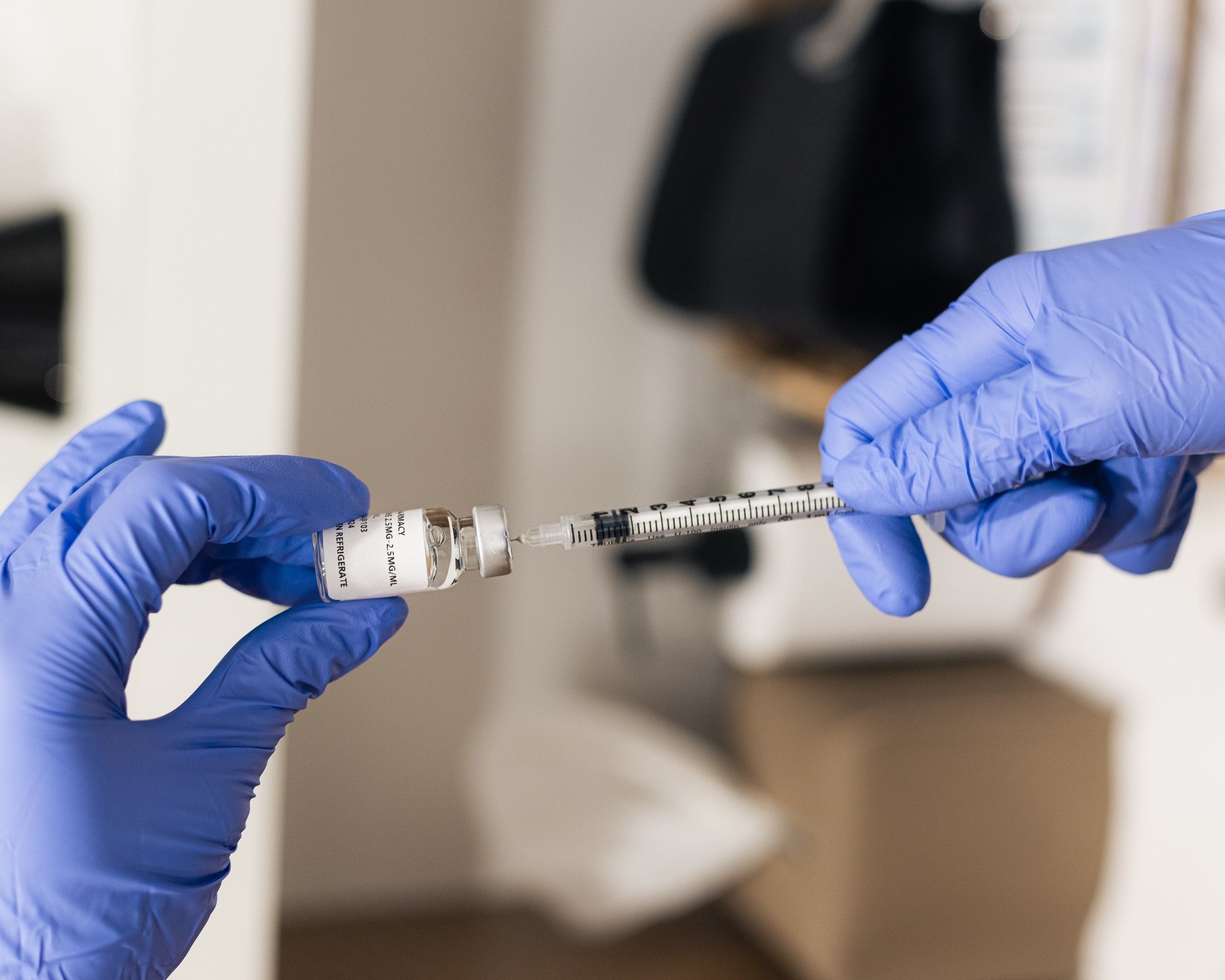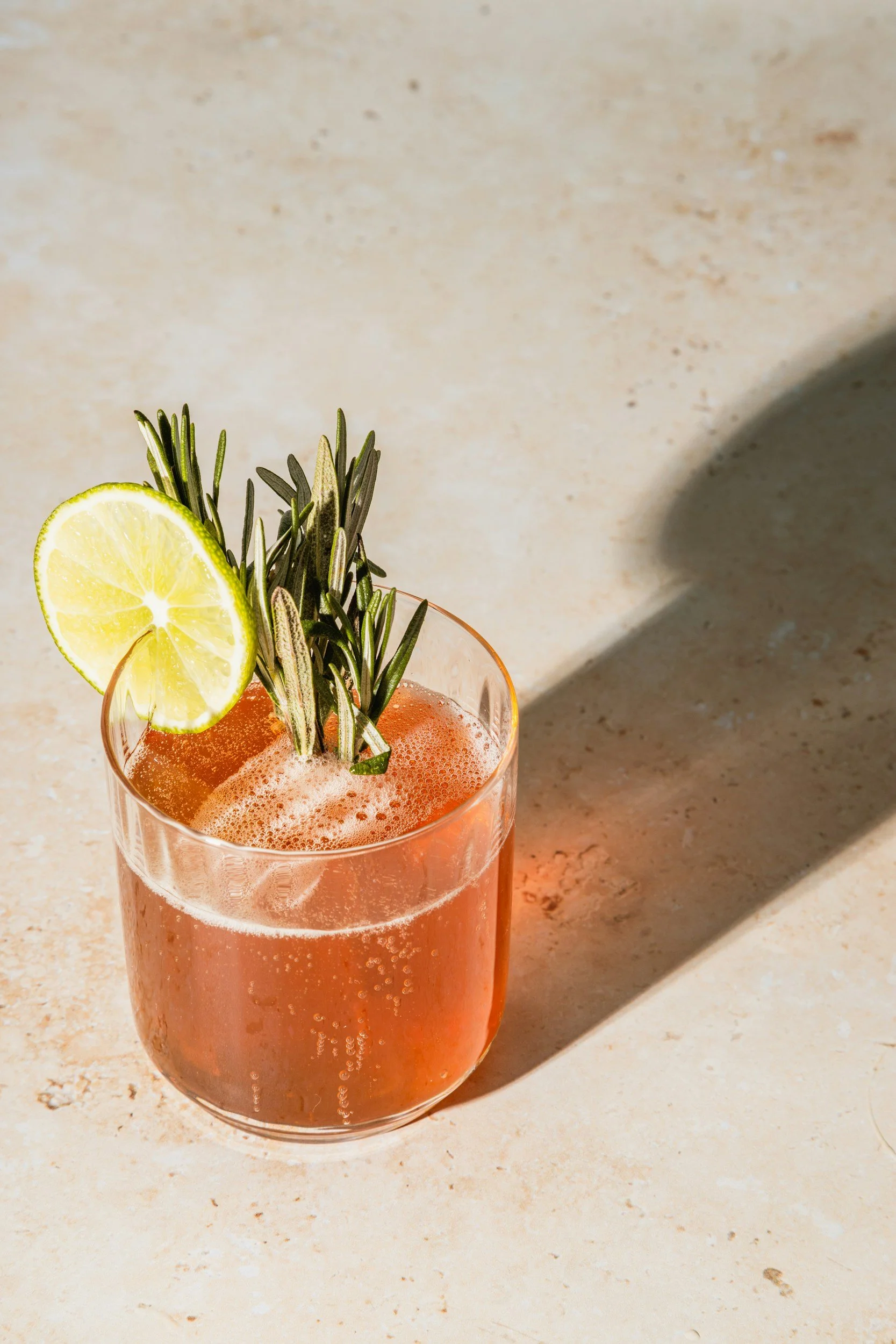“Why Do I Feel Free for the First Time?”
GLP-1s, Cravings, and the Quiet Addiction You Didn’t Know You Had
GLP-1s aren’t just for weight loss—they come with powerful side benefits like reduced cravings, improved impulse control, and even emotional regulation.
You probably didn’t take this medication because of addiction. Maybe you were just tired of the weight. Tired of trying every diet. Tired of feeling like your body wasn’t cooperating with your mind.
But now something else is happening.
You’re skipping that nightly glass of wine… without even realizing it. You haven’t lit a cigarette in weeks… and you don’t miss it. You walked by the bakery, and your brain didn’t beg for a cookie. You just… kept walking.
And somewhere inside you, a quiet question bubbles up:
“Why don’t I need it anymore?”
With GLP-1s, you might find yourself reaching for a mocktail—not because you have to, but because the craving for alcohol just isn’t there anymore.
Let’s Talk About Addiction (Even If You’ve Never Called It That)
We tend to reserve the word addiction for the extremes: Alcoholism. Chain-smoking. Gambling. Hard drugs.
But addiction isn’t always dramatic. Sometimes it’s quiet. Sometimes it hides in “normal” behavior—like:
Needing a drink to unwind
Grazing the pantry at night out of habit
Opening Instagram or Amazon when you’re anxious
Reaching for something—anything—just to feel okay
These aren’t just bad habits. They’re neural pathways reinforced by repetition, stress, and reward chemistry.
And for most people, no one ever explained that their “lack of willpower” was really just a rewired dopamine loop.
The Dopamine Feedback Loop
At the core of nearly every compulsive behavior is a dopaminergic loop:
You feel discomfort—boredom, stress, loneliness
You reach for something that brings quick relief (food, alcohol, nicotine, your phone)
The brain rewards you with dopamine
You feel temporarily better
Your brain learns: “Do this again next time you feel bad”
Over time, you start chasing the relief more than the actual thing.
Your brain becomes trained to seek those hits—even if they’re hurting you. And that’s not a character flaw. That’s neuroplasticity.
Where GLP-1s Come In
GLP-1 receptor agonists were originally developed for blood sugar regulation in diabetes. But researchers started noticing something strange:
Patients on these meds drank less.
They stopped binge eating.
They reported fewer cravings—for everything.
It turns out GLP-1 receptors are located all over the brain, especially in regions responsible for reward and habit:
The nucleus accumbens (pleasure, reward)
The ventral tegmental area (VTA) (dopamine synthesis)
The prefrontal cortex (decision-making, impulse control)
The amygdala (emotional stress response)
GLP-1 medications reduce dopamine surges in response to addictive triggers. That means the wine, the chips, the vape hit—they just don’t hit the same.
And that creates something you’ve probably never had before: space between the urge and the action.
The Neuroscience, Explained Simply
GLP-1s do three key things to your brain:
Blunt the reward feedback loop
→ The “high” or “rush” from substances like sugar, alcohol, or nicotine is weakenedReduce compulsive seeking
→ The urge to chase a dopamine hit is less intense—sometimes completely goneImprove prefrontal control
→ You’re more able to pause, assess, and choose instead of just reacting
This isn’t a numbing effect. It’s a rebalancing of systems that were previously overstimulated and exhausted.
What the Research Says
A 2023 Nature study found that semaglutide reduced alcohol intake and cravings in both rodents and humans.
GLP-1 activation in the brain modulates dopamine reward—lowering desire for sugar, drugs, and even risk-taking.
Animal studies show decreased cocaine, nicotine, and alcohol seeking with GLP-1 receptor activation.
Imaging studies reveal less activation in the brain’s reward centers after GLP-1 use.
Ongoing clinical trials are testing GLP-1s as therapies for alcohol use disorder, binge eating, and compulsive behavior—not just weight.
This is real neuroscience, not hype.
What Clients Say
Even people who didn’t intend to change their habits notice something profound:
“I didn’t even realize I hadn’t had a drink in two weeks.”
“Cigarettes don’t even feel good anymore.”
“I’m not fighting food cravings—I just don’t have them.”
“It’s the first time in my adult life that I’ve felt quiet.”
These aren’t exaggerations. They’re what happens when your brain isn’t being hijacked by a hyperactive reward system.
This Is What Freedom Feels Like
Once the dopamine loop softens, a new kind of internal calm takes its place.
You’re no longer:
Arguing with yourself in the car on the way to the drive-thru
Bargaining with yourself about “just one glass”
Feeling guilt while doing the thing you swore you’d stop doing
Instead, you feel:
Still
Steady
In control—without forcing it
It’s not perfect. But it’s manageable. And for most people, that’s life-changing.
Who This Is Really For
This isn’t just for people who want to lose weight.
It’s for:
The woman who uses wine to survive her evenings
The guy who can't quit vaping and feels ashamed
The emotional eater who’s never eaten “just for fuel” a day in her life
The high-functioning professional who lives in secret addiction loops
GLP-1s may not fix everything—but they quiet the chaos long enough for healing to begin.
Our providers walk you through everything to know about GLP-1s and their benefits
What We Do at Core Aesthetic
We’re not a mail-order med spa. We’re not going to ignore what’s actually happening to your brain.
At Core Aesthetic, our GLP-1 optimization program is designed to treat:
Your metabolism
Your nervous system
Your habits
And your humanity
We customize dosing based on your physiology, not trends. We walk you through the emotional shifts—because they will come. And we give you tools to build new habits while your brain is finally on your side.
We ask about:
Cravings
Emotional regulation
Identity changes
Not just pounds lost
Because weight is only one layer. But when people say, “I feel like myself again”? That’s how we know it’s working.
Final Word: This Isn’t About Willpower. It’s About Wiring.
You’ve spent years blaming yourself. But it was never a motivation issue. It was brain chemistry. GLP-1s don’t erase who you are. They just turn down the noise so you can finally hear yourself think.
If you're ready to stop performing “discipline” and start living with peace—this is your sign.
You don’t have to try harder. You just need a system that supports the real you. Contact us if you're still unsure. You don’t need the words—we know the feeling.




